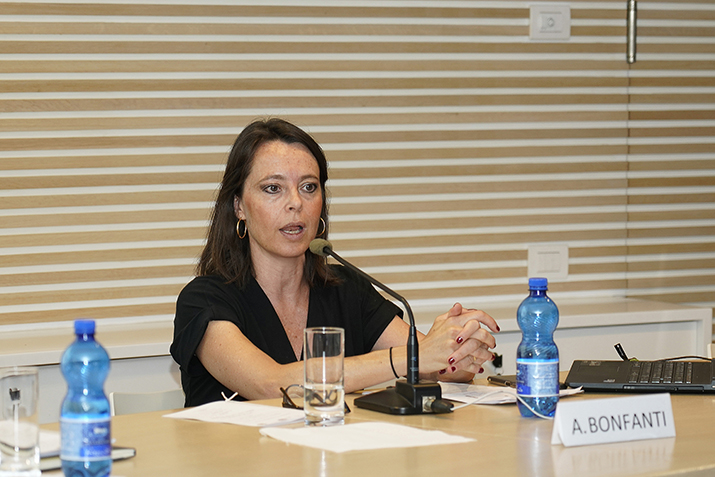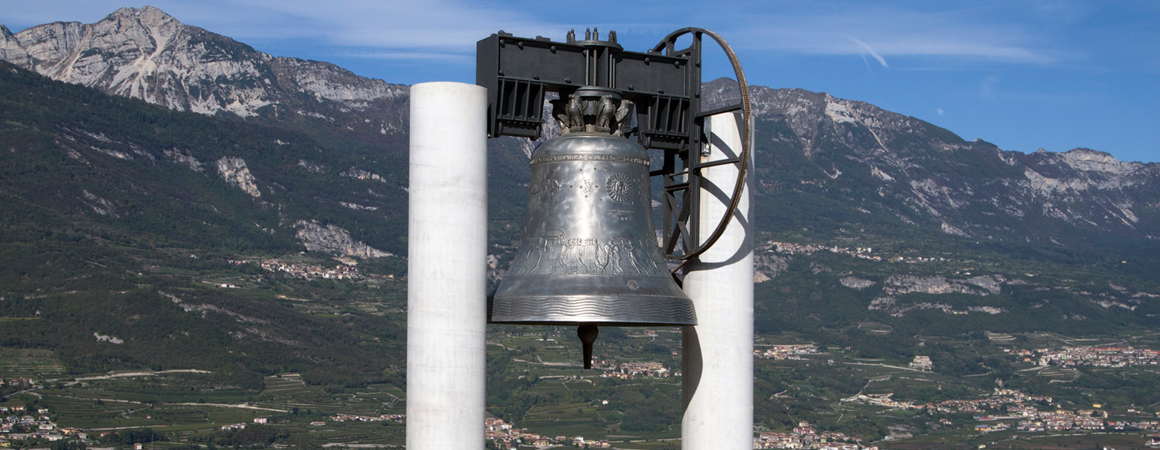ANGELICA BONFANTI
The fight against inequality is an integral part of the process of achieving sustainable development. This notion was conceived within the United Nations starting with the Brundtland Report of 1987. From development that responds to the needs of the present without compromising the needs of future generations, the concept of sustainable development has progressively evolved to its current expression. The most recent plan was developed by the United Nations General Assembly, which in 2015 approved the 2030 Agenda and the 17 Sustainable Development Goals. These goals set sustainable development on four pillars – the economy, environment, society and legality - and identify the priorities in the world today.
More than 21 million individuals are subjected to modern forms of slavery and trafficking
Sustainable Development Goal 10, in particular, is aimed at the fight against inequality, to be interpreted with dual implications regarding inequality, both within and between states. It is useful to remember that in 2017, approximately 689 million individuals were still living in extreme poverty, with an income of less than $ 1.9 per day, a situation further exacerbated by the subsequent pandemic and the recent geo-political crisis. The figures regarding internal inequalities are worrying as they are constantly increasing.
According to the 2030 Agenda, inequality must be fought by actuating international cooperation processes and, at the same time, implementing national policies that guarantee the promotion of social, economic and political inclusion of all, regardless of age, sex, disability, race, ethnicity, religion or other factors, and the guarantee of equal opportunities, also through the abrogation of laws and the elimination of discriminatory practices.
Fighting gender inequality, forced labour and climate change are three of the challenges that are crucial today for the achievement of Goal 10.
The ban on forced labour is one of the most violated rules
But these are unfortunately very ambitious goals. In relation to gender inequality, it is exemplary that of the 168 States which have ratified the United Nations Convention on the Elimination of All Forms of Discrimination against Women, many - even if this is contrary to the object and purpose of the convention - have done so but only by including a saving clause and have in addition specified, that they wish to comply with treaty obligations only insofar as they are compatible with their national law which is often highly discriminatory.
To this we further add the alarming statistics on gender equality and violence. With regard to the second challenge, one can't help but notice that the prohibition of forced labour, one of the mandatory principles of international law, is obviously also one of the most violated rules: the International Labor Organization estimates that more than 21 million individuals are in fact still forced into modern forms of slavery and trafficking.
And finally, inequalities are aggravated by climate change, which has a more dramatic impact in the poorest regions of the world. According to the United Nations "Special Rapporteur" on human rights and extreme poverty, the richest countries, responsible for the vast majority of greenhouse gas emissions, have the ability to adapt to cope with global warming, while the poorest, who contributed much less - the poorest half of the world population produced only 10% of global emissions – sustain approximately 80% of the costs. The World Bank estimates that without immediate action, climate change will lead to an additional 120 million people being reduced to poverty by 2030.
Goal 10, without adequate policies, could remain permanently unattainable.








